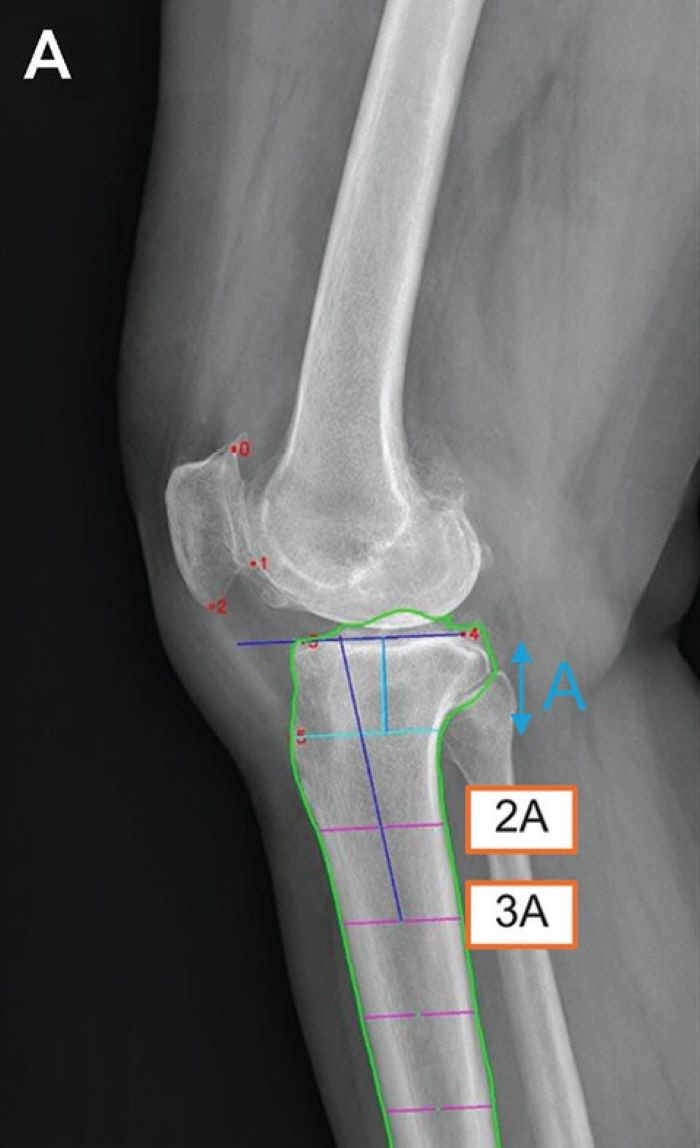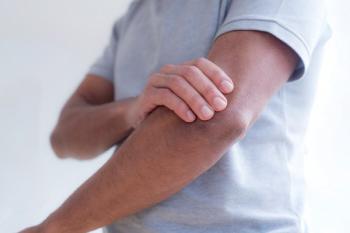Automatic measurement of prognosis for AI-based knee surgery...It's 10 times faster than a specialist
Aug 26, 2025
|
'Tibular posterior tilt angle' is the angle indicating how backward the joint surface is tilted when viewed from the side. It has a decisive effect on the stability of the knee joint and the life of the artificial joint after knee surgery. In particular, if this angle is large, the risk of cruciate ligament injury is high, and the prognosis of artificial joint surgery may deteriorate.
However, because the length or magnification of knee X-rays varies among medical institutions, standardized methods for measuring tibia posterior tilt angle have been absent worldwide. As a result, even for the same patient, the measured values may differ from institution to institution, so there was a limit to the clinical application of the study results.
Professor Noh Doo-hyun and Kim Sung-eun of orthopedic surgery at Seoul National University announced on the 26th that they have developed a deep learning model that can quickly and reliably measure the tibia's posterior tilt angle based on more than 10,000 knee joint side X-ray images taken from 2009 to 2019.
The model automatically recognizes six anatomical reference points (landmarks) of the knee bone. After that, each reference point is used to determine the joint line and central axis of the tibia, and the slope is calculated based on this. This method has the advantage of being used in various clinical conditions, such as when X-ray images are short or when actual distance measurement is impossible.
Comparing the performance of this model with specialist hand-measurements, the measurement time of the deep learning model was more than 10 times faster than hand-measurement. (Average 2.5 seconds vs. average 26.1 seconds)
In addition, 'interobserver correlation coefficient' is at least 91%, meaning that the measurements of the deep learning model are in considerable agreement with the handwritten measurements of specialists. On the other hand, the 'in-observer correlation coefficient', which means consistency of performance, was hand-measured up to 95%, but the deep learning model showed perfect consistency (100%).
Additionally, we verified knee imaging of 289 Norwegian patients in a follow-up study and found that the correlation coefficient between deep learning models and specialists' observers was 80%. This result suggests that deep learning models measuring tibia posterior tilt angles are extensively applicable to various ethnic groups.
Kim Sung-eun, a research professor (corresponding author), said "This result is an example of successful verification of domestically developed medical AI technology in multiple races."We will seek ways to expand versatility through follow-up studies so that this model can become the standard for measuring tibia posterior tilt angle"
Meanwhile, the results of this study were recently published in the international journal 『Orthopaedic Journal of Sports Medicine』.
|
This article was translated by Naver AI translator.















